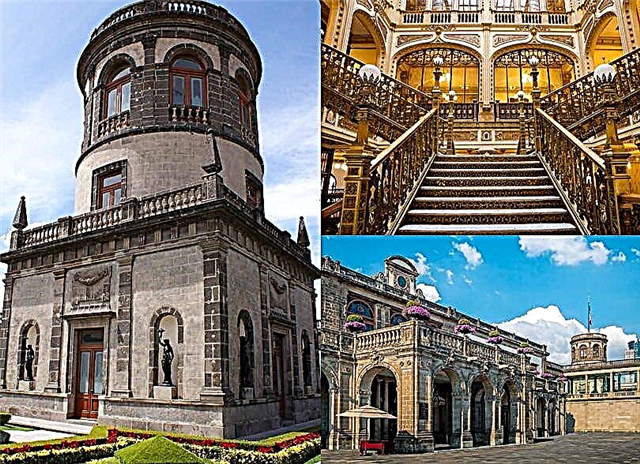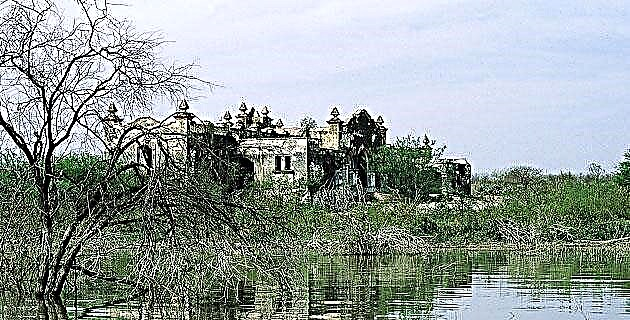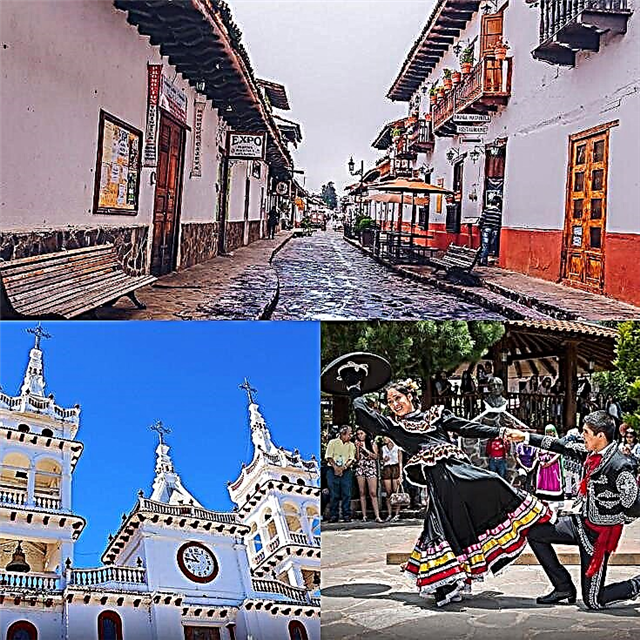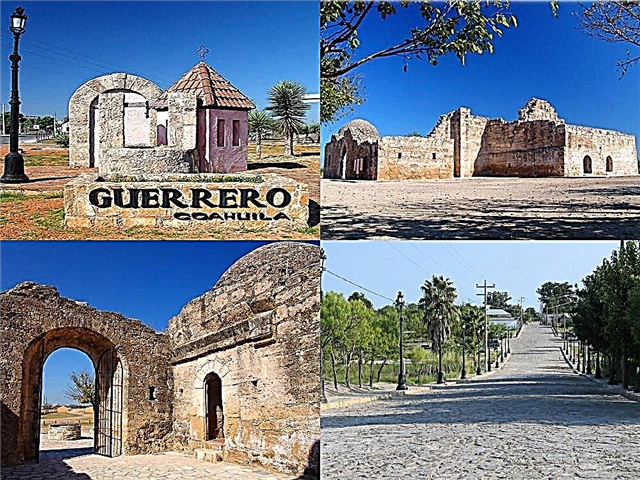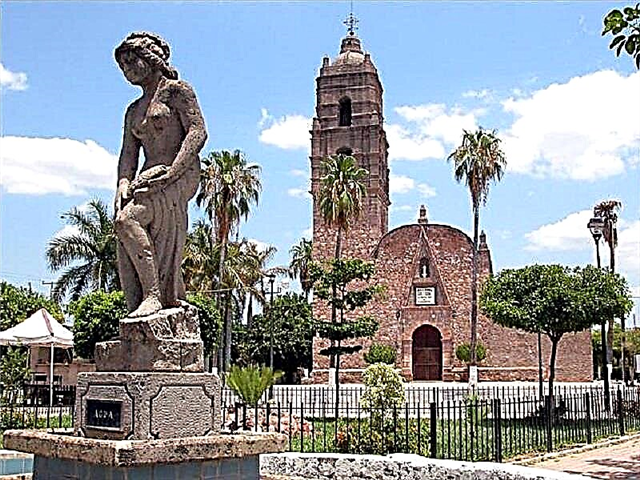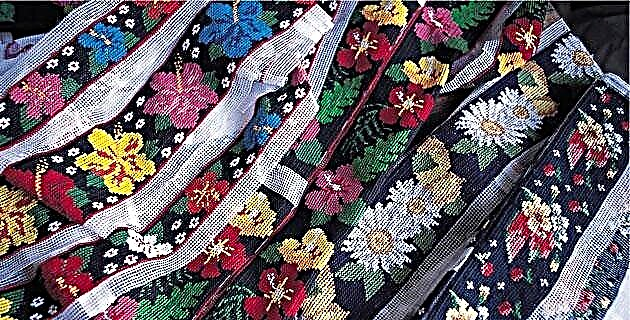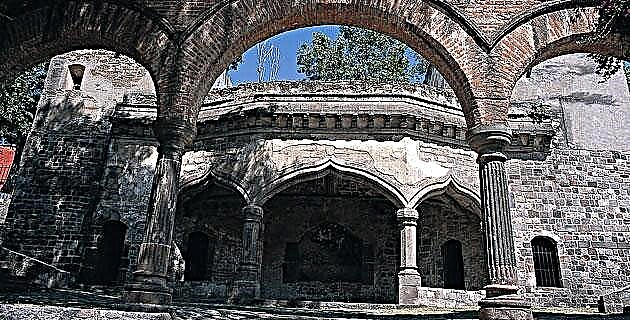
To the southeast of the main square of Tlaxcala, along a road lined with ancient ash trees, you reach the former convent of San Francisco de Nuestra Señora de la Asunción, built between 1537 and 1540.
To the southeast of the main square of Tlaxcala, along a road lined with ancient ash trees, you reach the former convent of San Francisco de Nuestra Señora de la Asunción, built between 1537 and 1540.
The former convent houses the Cathedral of Our Lady of the Assumption, with an austere facade but of great historical and artistic value that reminds us of the fortress-convents of the European Middle Ages.
The roof of the temple, something unusual in Mexico, is gabled and lacks domes; It consists of a single nave and its only tower is separated from the church. In the interior part, the ceiling has a wooden coffered ceiling, Mudejar style, classified as the most important in Mexico, with incalculable artistic value. The main altar, in a Baroque style, dates from the 17th century and contains important paintings, sculptures and carved wooden columns, including an oil painting representing the baptism of a Tlaxcaltecan nobleman, with Hernán Cortés and La Malinche as godparents. The baptismal font is in the recently restored Chapel of the Third Order.
What was the convent house today is occupied by the Regional Museum of the state. Also noteworthy are the Chapel of the Precious Blood with an ancient Christ of corn cane, the open hexagonal chapel and the chapel poses.
The convent of San Francisco is one of the most notable monuments of the viceroyalty. It has been rescued and preserved thanks to the efforts of the Tlaxcalans, proud of their past, both indigenous and colonial.



